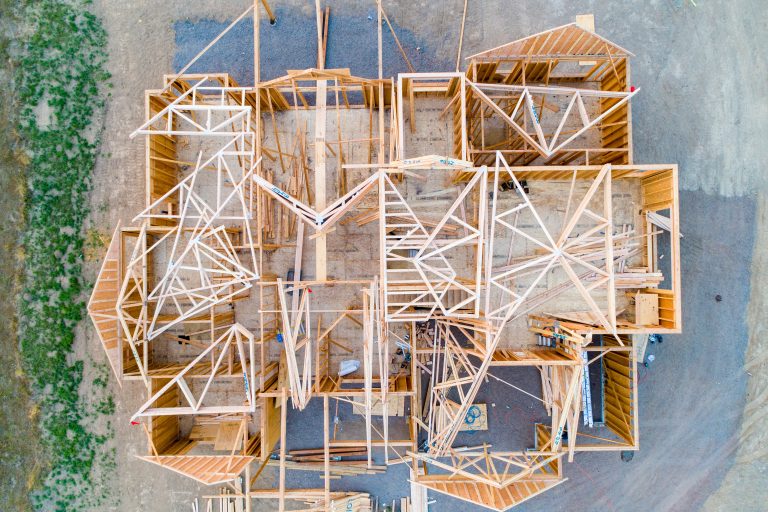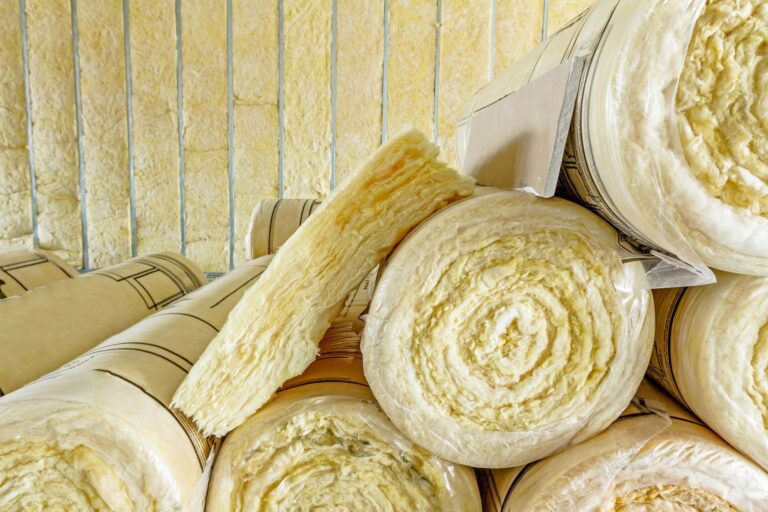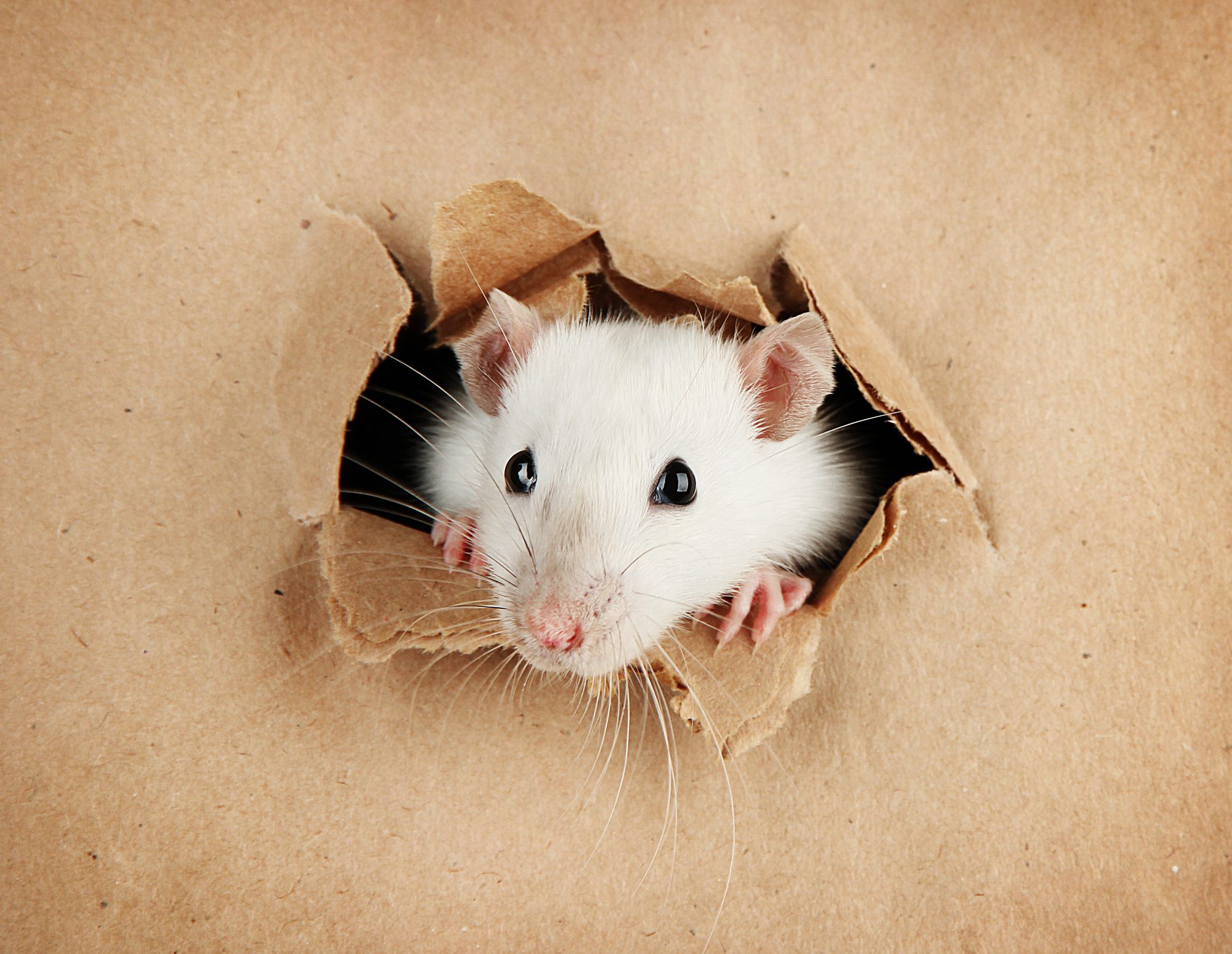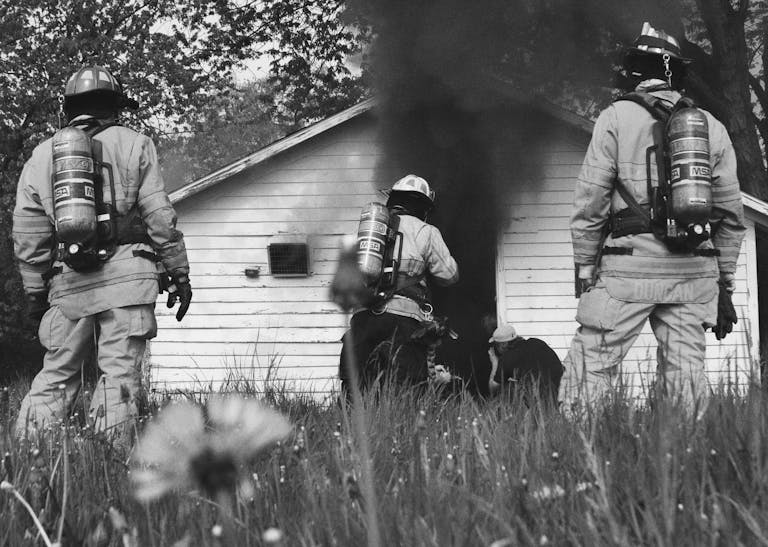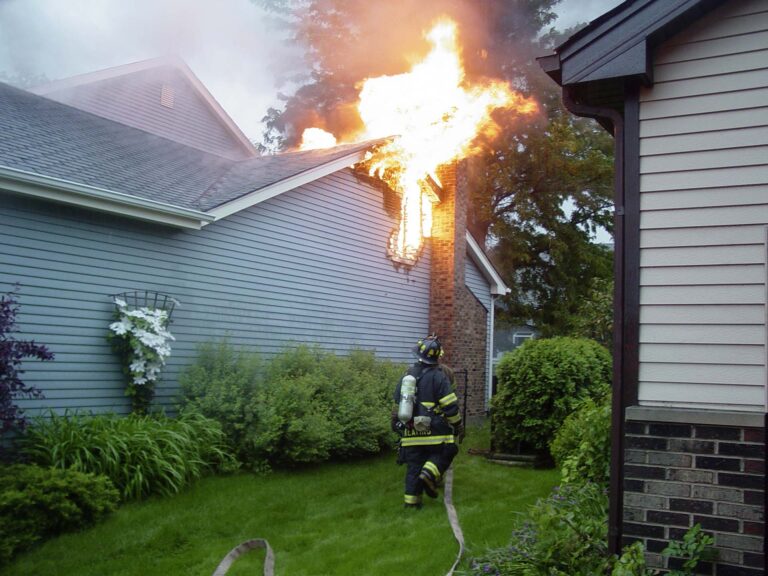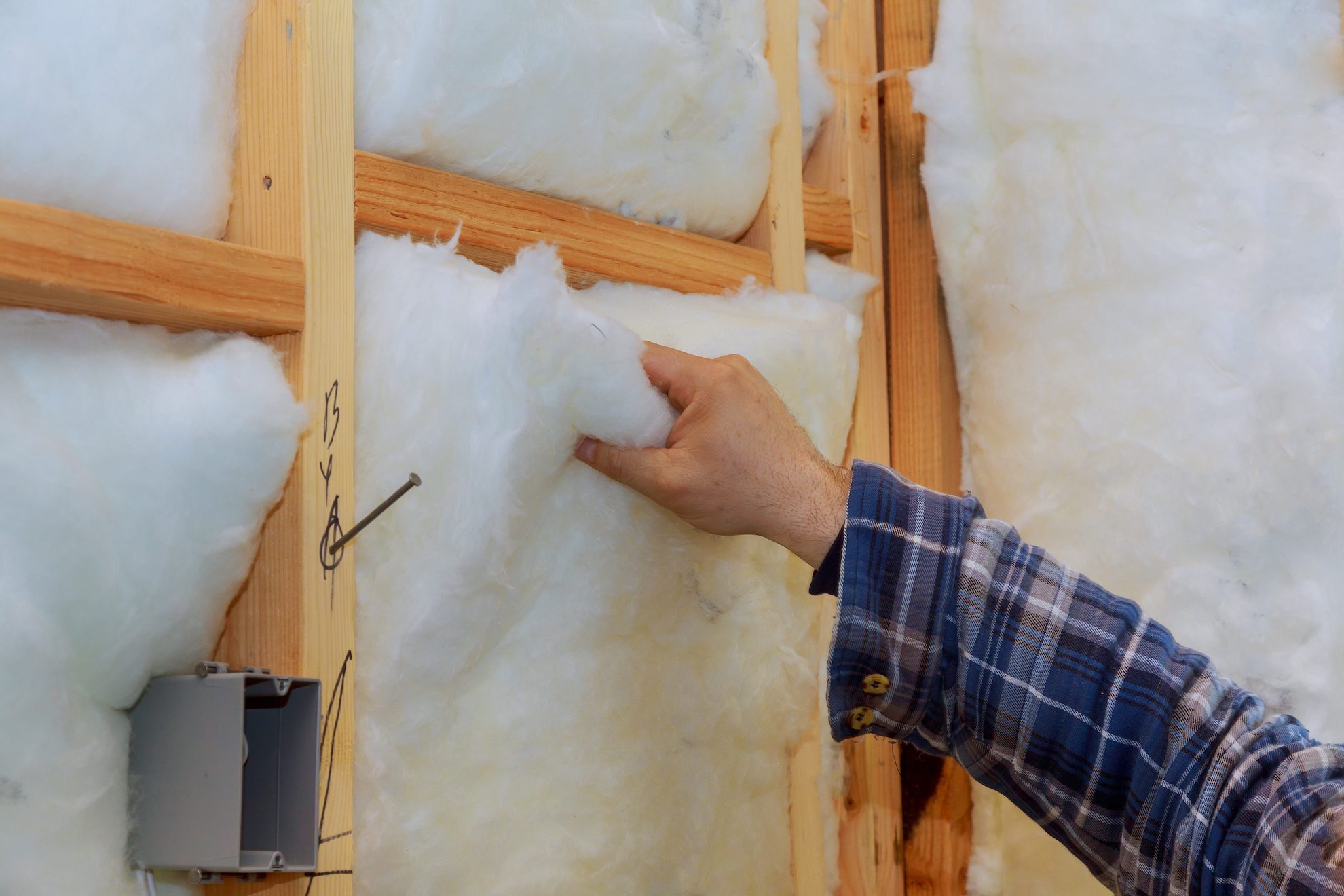
Home insulation is necessary for your homes. It is proven to be one of the best home improvements that a homeowner can make because of the return on investment it can provide.
Are you wondering if you need insulation for your home? Wondering what type of insulation is best suited to your home? One of the most impressive insulation available is fiberglass insulation. It has a lower price compared to other insulation types.
What makes fiberglass insulation?
A fiberglass insulation’s main material is fiberglass. A fiberglass is a plastic reinforced with fine glass fibers. A fiberglass is made with molten glass and spun into fibers while being coated with a liquid binder. The pieces are broken into shorter pieces, cured and cut into pieces to their desired length and width.
ROI with FIberglass Insulation
Fiberglass insulation can provide the most substantial return on investment for homeowners who are looking for some changes. The average cost of fiberglass insulation is one of the cheapest. Because of this, homeowners are guaranteed to save a lot in insulation costs and with higher ROI.
Higher R-Value
A fiberglass insulation has higher R-value compared to other insulation materials. The R0-value is the capacity of the insulating material to resist heat flow. If the material has higher R-value, they have greater insulating power. The fiberglass insulation can give higher R-value because the material can be doubled or tripled.
Pros and Cons of Fiberglass Insulation
Every insulation material has its pros and cons, and so does fiberglass insulation.
Pros:
- Relatively inexpensive.
- Suited for standard stud and joist spacing that is relatively free from obstructions.
- It can be a DIY insulation project.
Cons:
- It has small particles that can lodge in pores and cause itchiness, rashes and irritation.
- It allows airflow that can cause higher energy bills.
- When inhaled, the particles can cause nosebleeds and other respiratory ailments.
- Fiberglass can release particulates into the air when disturbed.
- Can trap allergens, dust and moisture that can lead to mold growth.
How to install fiberglass insulation?
Fiberglass insulation can be installed in different places such as the attic, a crawl space, rim joist and open walls. They are often found in blanket form called batts and also available in bags that contain standard pre-cut lengths and widths.
The fiberglass batts can be stapled into place and are often manufactured with a paper or foil backing that faces the direction of warmth. The bags of fiberglass loose-fill can be blown into attics, walls and floor cavities.
When insulated properly, fiberglass can create a barrier that can slow the passage of moisture and can reduce the likelihood of fibrous particles that will enter the home.
Fiberglass Insulation and Energy Cost
Fiberglass insulation is considered a traditional insulation and can resist heat that is transferred through conduction. But tradition doesn;t always mean that they are efficient. Fiberglass insulation like other traditional insulation materials are poor in protecting against air flow and can contribute discomfort to your homes and energy loss.
The best insulation material for your home is the one that will best fit your needs. If you are looking for something that is cheap, you can choose fiberglass insulation, but if you are looking for comfort and energy saving, choose other materials for insulation.

